
|
London Beekeepers' Association |

|
London Beekeepers' Association |
What's in Flower in June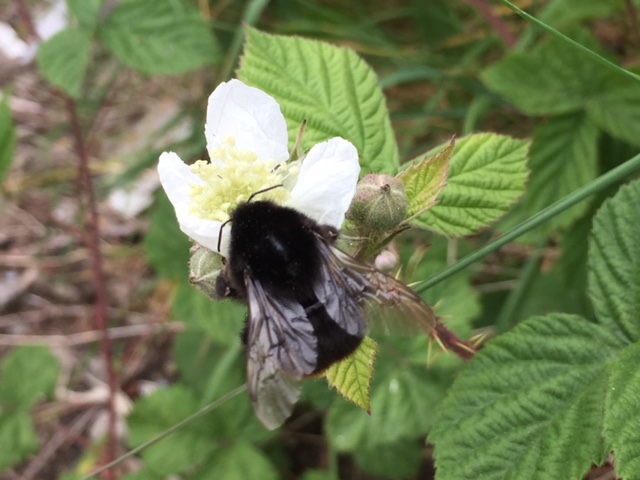 Red tailed bumblebee on bramble blossom. 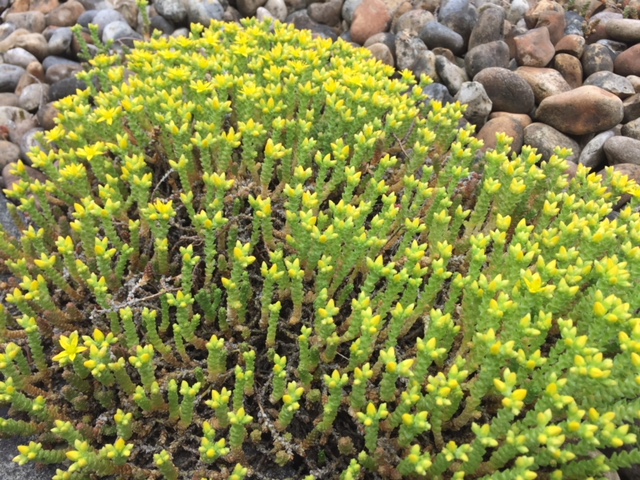 Sedums blooming on a roof top in Chancery Lane 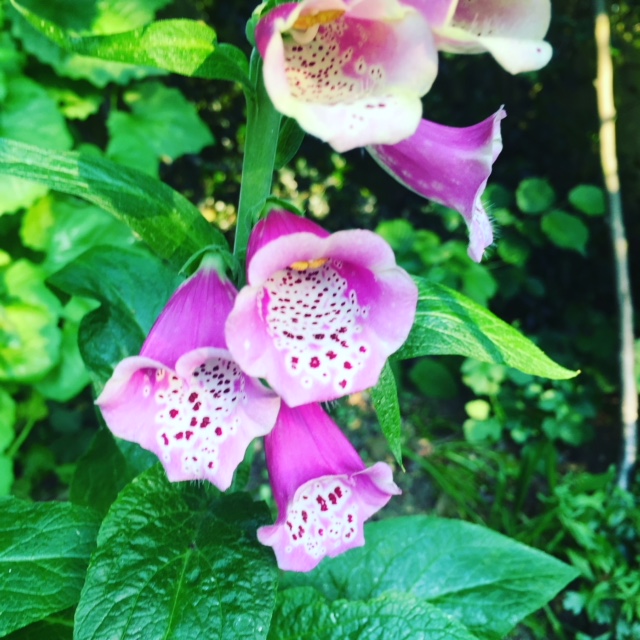 Foxgloves are out now. 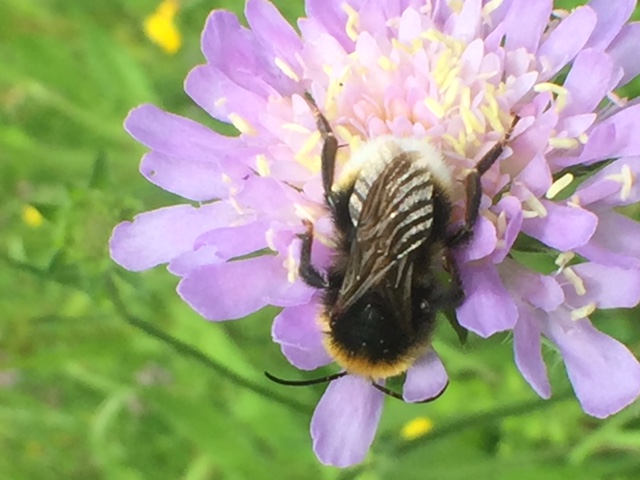 A bumblebee on field scabious 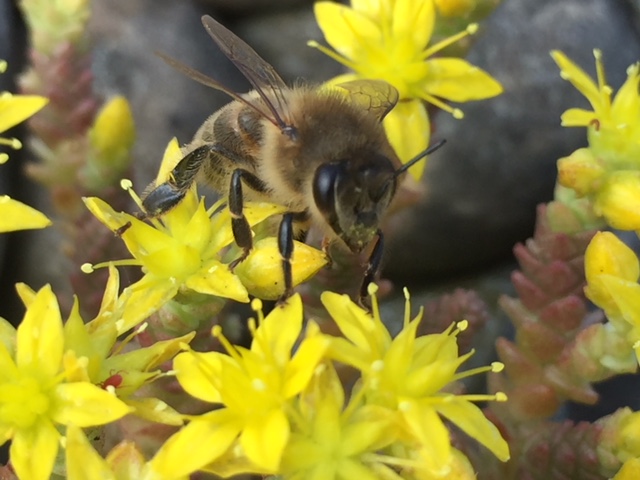 Honey bee on sedum ocre 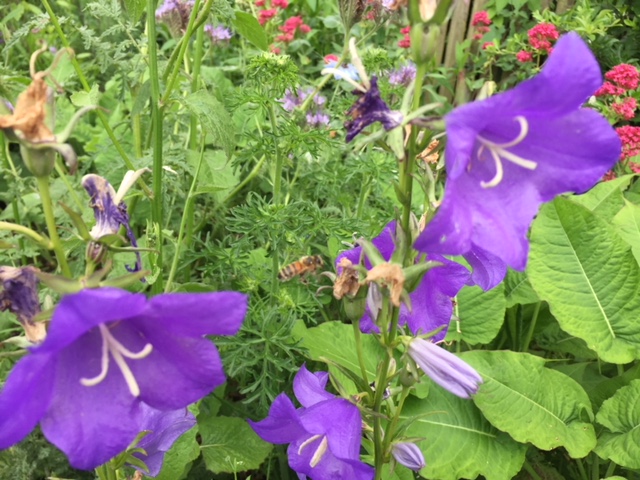 Campanula blooms [What's in flower, month by month] Mark Patterson Early summer - June in particular - is a time of the year which brings uncertainty for many a beekeeper, and for those in rural areas in particular. June is the beginning of the summer season when the spring flowering plants and trees shed their blooms having been pollinated and now begin to form seeds, but the main flow of summer flowering blooms has yet to begin. Beekeepers refer to this period of change as the June Gap. At this time of year honey bee colonies are approaching their peak in worker population in readiness for the summer flow, queens are laying at a prolific rate and colonies have many larvae to feed. A reduction of incoming nectar and pollen as the spring flowers cease but the summer flowers are yet to peak can leave large colonies struggling to feed themselves or to fill supers with surplus honey for the beekeeper. Fortunately in urban areas like London the June Gap is rarely felt because our towns and cities contain an abundance of exotic plants which bloom throughout June, filling the gap in forage availability. Early summer flowers like lime, sweet chestnut, oriental chestnut, pseudo acacia, bramble and many of our flowering hedgerow herbs and meadow flowers have already begun to bloom. In the meadows around Tower Hamlets Cemetery and Mile End Parks in East London, weld, scabious, sainfoin, lucerne, bugloss, rest-harrow and bird's foot trefoil are in full bloom attracting honey bees, cuckoo bumble bees, flower bees and leafcutter bees. Last week whilst inspecting my city centre roof top bees I noticed that the sedums on the green roofs are just starting to come into flower. Whilst of limited usefulness to bees generally the sedums' brief few weeks of bloom do provide some much needed respite to pollinators in the very heart of the city where good forage is hard to come by. Honey bees and tiny short-tongued solitary bees are particularly frequent visitors to sedums on green roofs. Other plants important to city centre bees include pyracantha (fire thorn) cotoneaster and ceonothus which are often grown as amenity shrubbery, the blooms of which provide much needed pollen and nectar. In urban parks and gardens privet hedges are coming into bloom. Beekeepers loath privet because its nectar produces a bitter tasting honey that is unpalatable to most, but for the bees privet is a good source of forage. Other garden shrubs important as sources of nectar in urban areas include hebe, choiysia, pyracantha and cotoneaster -- all are popular with bees and are widely planted in urban car parks, and amenity areas around housing developments. The latter two have already by-and-large finished flowering now, but choiysia and hebe often have a second flush of blossom and will continue to bloom well into summer. Urban areas contain many exotic trees which flower after our native species have ceased flowering. These include sweet chestnut, pseudo acacia, and Tree of Heaven. Along railway embankments, fire weed, thistles and teasel are also blooming. Right now in my garden, nepeta, geraniums, campanulas, thyme, sage, valerian, perennial corn flower, wall flowers, escalonia, osteospurmums, teucrium, lamb's lugs, oriental poppy, knifophia, eremus and giant echiums are in bloom attracting large numbers of bees. Soon the lavender, echinops, cardoon and echinacea should follow. This month is a good time to `Chelsea chop' late flowering perennials to extend the flowering season later in the year and ensure there are still flowers well into autumn for bees. Plants like helenium, belianthius, golden rod (solidago), asters, dahlias and leucanthemum can be chopped back by about half. This will encourage multiple new flowering shoots from lower down the stem producing a larger mass of slightly smaller flowers later in the season, extending the forage for the bees and ensuring there is colour in your garden late in the season. Now is also a good time to take green cuttings from plants like penstemon which will root fast as long as they are kept moist - their deep tubular flowers are popular with longer tongued bumblebees. Other plants like perennial cornflower, oriental poppy, cat mint, sage and teucrium can be chopped back very close to the ground once flowered at the end of this month, fed, watered and mulched they often produce a second flush of new growth and later flowering blooms. Other plants can be encouraged to continue flowering for longer by simply dead heading - removing the fading flowers before they have an opportunity to set seed. The plants desire is to reproduce so it will keep on sprouting new blooms until it does so or the season ends. |
©2025 London Beekeepers' Association |